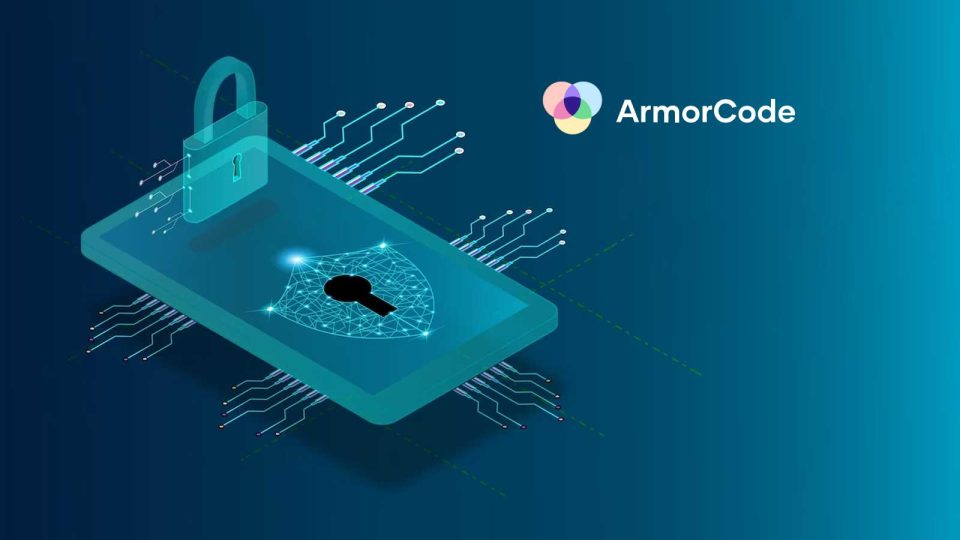Even seemingly minor vulnerabilities can have catastrophic consequences if left unaddressed. Failing to accurately represent an organization’s security stance can lead to expensive legal disputes and significant reputational damage if vulnerabilities are exploited by adversaries. Therefore, it is crucial to adopt a strategic approach that prioritizes risk identification, mitigation, and management to maintain CISO credibility while proactively preventing breaches.
Also Read: Qualys Expands TruRisk Eliminate Platform, Empowering Organizations to Mitigate Cyber Risk Without Patching
The proliferation of AI has made redefining cybersecurity strategies a primary concern. Rapid AI advancements present both significant business opportunities and complex challenges. To thrive in this evolving landscape, organizations must shift from a vulnerability-focused mindset to a risk-centric approach, leveraging AI to enhance security, communication and risk management.
Redefining Risk in Modern Cybersecurity
Understanding and defining risk is fundamental to effective cybersecurity. Traditionally, organizations focused primarily on addressing vulnerabilities/weaknesses, but this perspective is shifting. Today, a comprehensive risk management strategy considers the broader impact of risks on the organization. Defining risk involves assessing potential threats, their likelihood, and their impact on business operations in addition to the weaknesses. This comprehensive view enables organizations to prioritize resources and efforts more effectively.
Moving from Vulnerability to Risk Mindset
The rise of AI-driven tools has dramatically increased the landscape of security vulnerabilities. With the proliferation of new technology, the volume of Common Vulnerabilities and Exposures (CVEs) is expected to increase by 25% this year to 34,888 vulnerabilities—approximately 2,900 every month.
Addressing these vulnerabilities in isolation is no longer possible. Instead of focusing solely on technical severity for CVEs, organizations should take a comprehensive risk-focused approach that integrates business context, environmental controls, and real-time threat intelligence to prioritize the biggest risks to the organization.
AI-powered platforms play a crucial role in this transition. By aggregating data from various security tools and scanners and normalizing the findings, AI can generate a prioritized risk list contextualized by business impact. This approach helps minimize time and resources spent on low-priority issues while targeting the most significant threats, enhancing overall security effectiveness.
Data-Driven Risk Management for Executive Communication
One of the most significant challenges in cybersecurity is effectively communicating risk to the board and C-suite executives. AI-driven risk management tools can also empower a data-driven approach that offers clear, quantifiable insights into the organization’s security posture. These insights allow security leaders to present a compelling narrative that highlights the potential business or financial impacts of various threats and security decisions, such as around specific business areas, services, and teams. This also makes it easier for executives to understand and support necessary security initiatives.
AI enhances this communication by providing detailed, real-time analysis of security risks, helping executives make informed decisions. By using data-driven reasoning, it is easier to align cybersecurity strategy with business objectives, fostering a more supportive and less siloed operating environment.
Enhancing Collaboration through AI
Effective cybersecurity risk management also requires seamless collaboration between security and development teams. AI-powered platforms provide a unified view of risks and remediation priorities, helping both teams align their efforts on critical issues. After all, the cybersecurity of an organization is every employee’s responsibility, and defenses are only as secure as their weakest links. Strong cross-team collaboration also helps integrate security findings into development workflows, leading to less software vulnerabilities and more efficient security issue resolution.
Automated remediation workflows based on risk scores further enhance productivity, allowing security teams to focus on high-priority tasks. By focusing on collaboration and reinforcing a culture of shared responsibility, organizations can improve their security outcomes over the long term.
Also Read: Intel’s Lunar Lake Processors: Arriving Q3 2024
The Future of Cybersecurity in the AI Age
To effectively guard against threats, organizations need a comprehensive view of their security posture. As AI continues to reshape the digital landscape, managing cybersecurity risks will become ever more complex and important.
The ability to efficiently identify, prioritize, and remediate the risks with the greatest organizational impact is crucial. AI-powered platforms are revolutionizing cybersecurity risk management, enabling organizations to stay ahead of emerging threats and to maximize their security investments. By harnessing AI for enhanced risk management and fostering security and developer collaboration, organizations can navigate the challenges of the AI era, safeguard their digital assets, and maintain a robust security posture.
Also Read: The Evolution of Private Cloud: Addressing Modern Enterprise Needs
[To share your insights with us as part of editorial or sponsored content, please write to psen@itechseries.com]


